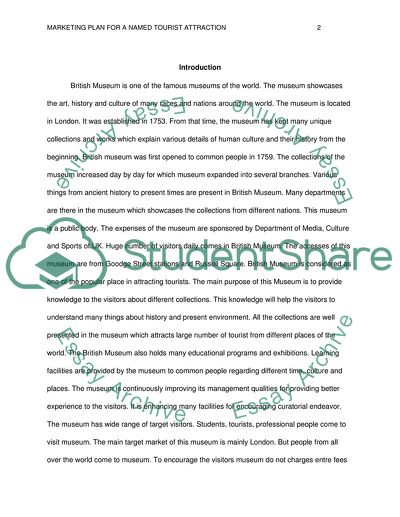Cite this document
(“Design a Marketing Plan for a Tourist Attraction Essay”, n.d.)
Design a Marketing Plan for a Tourist Attraction Essay. Retrieved from https://studentshare.org/tourism/1699539-design-a-marketing-plan-for-a-named-tourist-attraction-castle-museum-gallery-historic-house-or-other-historic-site
Design a Marketing Plan for a Tourist Attraction Essay. Retrieved from https://studentshare.org/tourism/1699539-design-a-marketing-plan-for-a-named-tourist-attraction-castle-museum-gallery-historic-house-or-other-historic-site
(Design a Marketing Plan for a Tourist Attraction Essay)
Design a Marketing Plan for a Tourist Attraction Essay. https://studentshare.org/tourism/1699539-design-a-marketing-plan-for-a-named-tourist-attraction-castle-museum-gallery-historic-house-or-other-historic-site.
Design a Marketing Plan for a Tourist Attraction Essay. https://studentshare.org/tourism/1699539-design-a-marketing-plan-for-a-named-tourist-attraction-castle-museum-gallery-historic-house-or-other-historic-site.
“Design a Marketing Plan for a Tourist Attraction Essay”, n.d. https://studentshare.org/tourism/1699539-design-a-marketing-plan-for-a-named-tourist-attraction-castle-museum-gallery-historic-house-or-other-historic-site.


